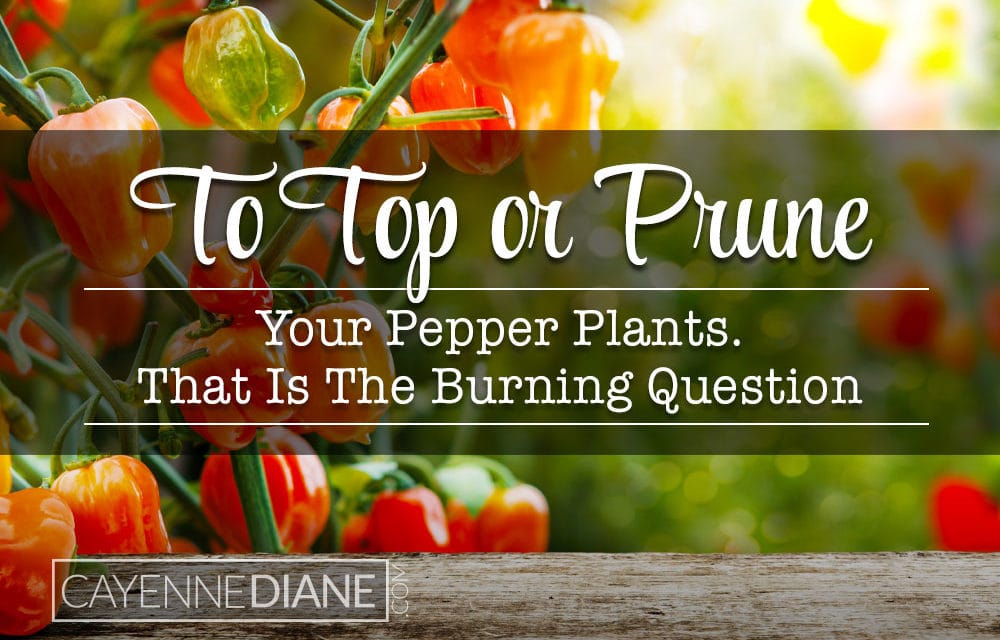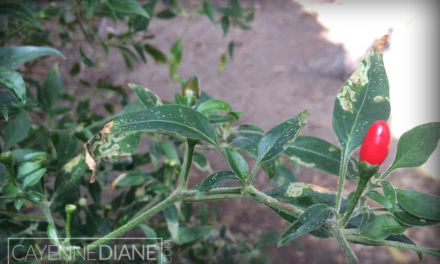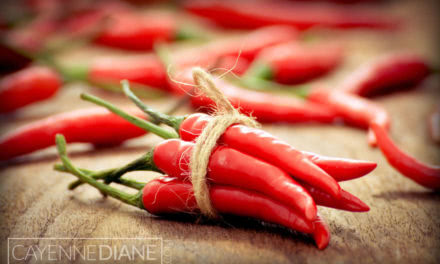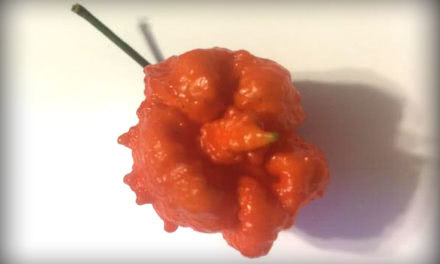When it comes to gardening, there are no rules. I find this the best part about gardening. Experimenting. Finding out what works for certain plants in your area, and what doesn’t. Some feel pruning or topping pepper plants is essential, while others think it’s not necessary at all.
Topping vs Pruning. What’s the difference?
The terms can be interchangeable but I don’t think they should be. Topping is a specific type of pruning, where you remove just a top shoot of the plant before that area of the plant has flowers or fruit.
Topping Pepper Plants:
Topping means removing a top portion of the plant, preferably before any flowers or peppers have started to grow on the upper part of the plant. The reason for doing so is to encourage the plant to grow wider rather than taller. You can top a plant at any time.
The main reason to top a pepper plant to encourage it to put its energy into growing fruits rather than bothering with growing more shoots and leaves. The idea is the plant will produce more flowers and fruits.
If you live in a windy area, topping your plants could help, encouraging the plants to grow lower and side to side rather than upwards.
Below is a great video from Epic Gardening on how and when to top peppers plants, if you choose to do so.
Pruning Pepper Plants
Pruning simply means to trim the plant by cutting away smaller, overgrown, or dead branches. There are several reasons you may want to prune peppers. One reason is to help the pepper plant develop stronger sturdier stems. Late season pruning can encourage peppers still left on the plant to ripen quicker if a frost is in the future. More on that below.
Is it necessary to top or prune pepper plants?
It is not necessary to top or prune pepper plants. In some university studies, early pruning actually decreased yield BUT did improve fruit quality. So perhaps the trade-off of early pruning is you’ll get a smaller yield but larger fruits.
I prune depending on what the plant is doing. For instance, tabasco plants can get quite tall and gangly. I typically prune plants that just start getting out of control for shaping purposes, trimming off some of the smaller or dead branches that are not able to support a lot of fruits.
Smaller compact plants don’t really require pruning. Habaneros have always naturally just grown low and wide for me with strong branches. so I only remove dead branches as needed on smaller compact plants.
I’d say give it a go and compare your results, perhaps pruning one plant of the same pepper type and not pruning the other, to find out if it makes any difference. The fun of growing not only comes in the fruits of your labor but also in experimenting!
What is late season pruning?
Late season pruning can be very necessary and involves removing non fruit producing branches from your pepper plant prior to first frost. The reason to prune peppers late in the season is to speed up maturing fruits still on the plant. Removing other branches and flowers allows your plant to focus all its energy on ripening up those remaining peppers.
A few weeks before your first frost, trim back all the branches on the plant except for the branches that have fruit that have a chance of ripening before the end of the season.
Snip off all flowers and any fruit too small to have a chance to fully ripen before the frost. Pruning pepper plants this way will force the remaining energy in the plant to ripen up those remaining peppers.






